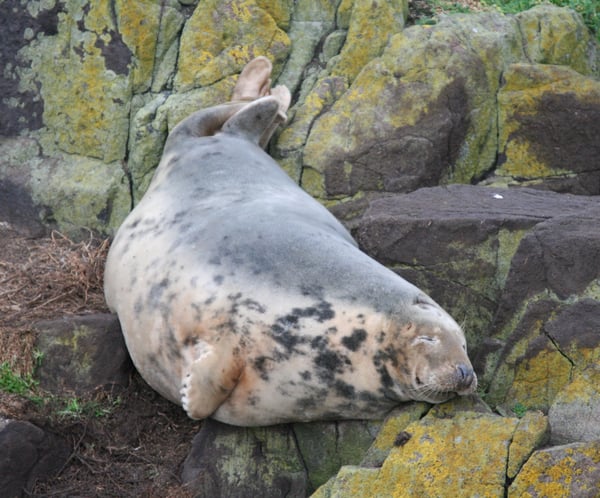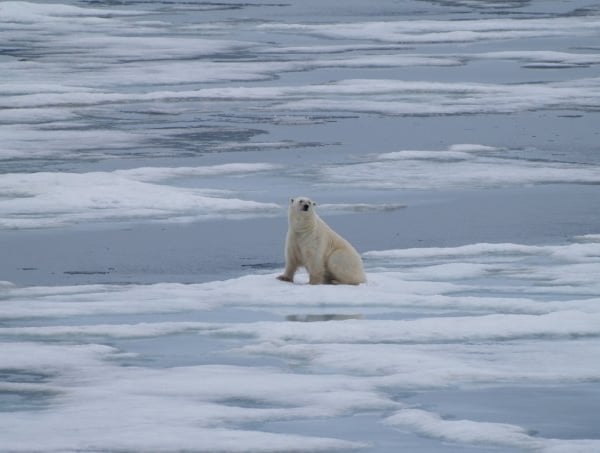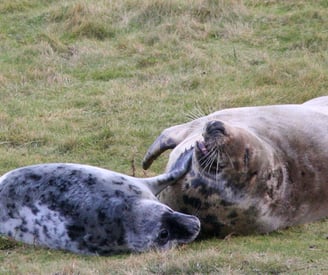
Current Research
Energy Management
Strategies for energy management quantify the relationships between background and auxiliary energy demands and how these two are balanced with respect to daily energy expenditures. Using heart rate as a proxy for these aspects of energy usage, differences in strategies and the consequences therein can be evaluated in wild populations. Using additional biologging sensors, such as accelerometers, and health data, I aim to investigate how these management strategies respond to environment, differences in behaviour, and fitness outcomes.




Movement Ecology and
Climate Change
Understanding how animals respond to the continued pressures of a changing climate remain a key target for future conservation. In response to these changes, many animals have been seen to adjust their movement and large-scale behaviours in recent decades. Using satellite telemetry, biologging devices, and advanced statistical techniques, the detail to which we can evaluate the breadth and rate of change of species movement ecology is available like never before.
Body Condition and Animal Health
Body condition highlight the amount of energy stores an individual possesses. Tracking body condition can be an effective way to track animal health and can be an early warning indicator for the negative effects of stressors. Developing new and easier approaches to monitoring body condition remotely can ensure that research does not cause disturbance. Animal health remains an important metric to track as climate change as it can have implications for not only population health, but also to the people that depend on them and the environment that they inhabit.




Stress-coping Styles
How individuals respond to stress can vary across a population. Stress-coping styles, quantifying consistent individual differences in behaviour, physiology, and neurobiological responses, can have important effects for all aspects of life. Differences in stress-coping styles can be evaluated through several means, including behavioural responses to stimuli as well as an understanding of individual heart rate variability. Evaluating the consequences of these individual differences in wild populations remains an important aspect of my research.